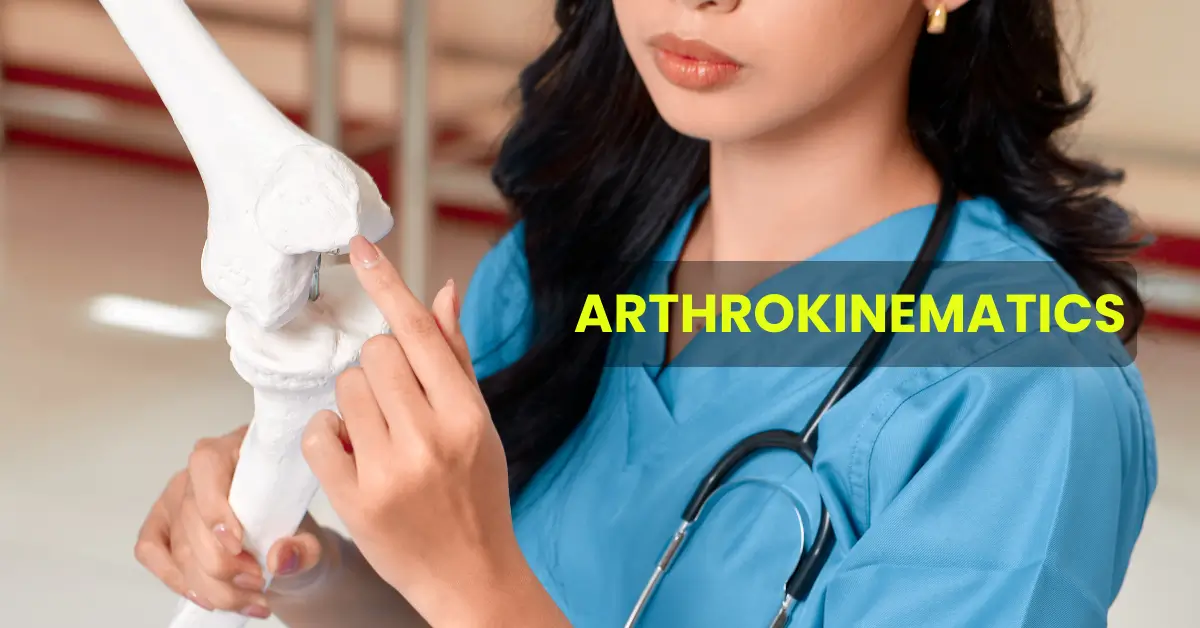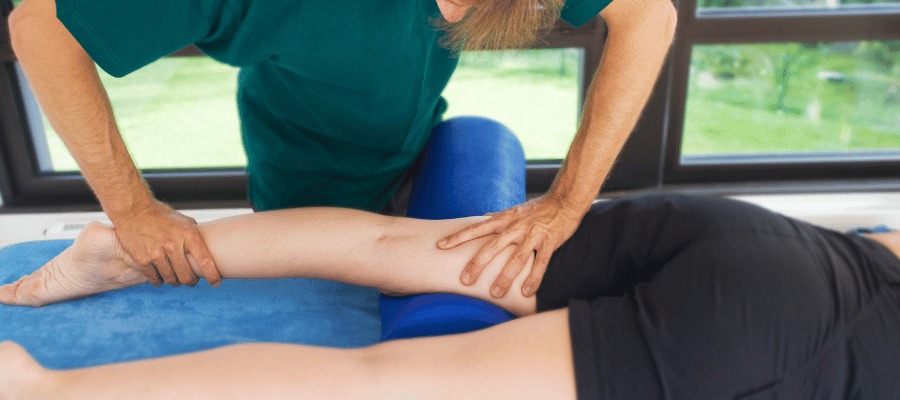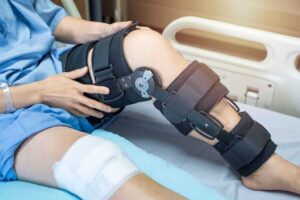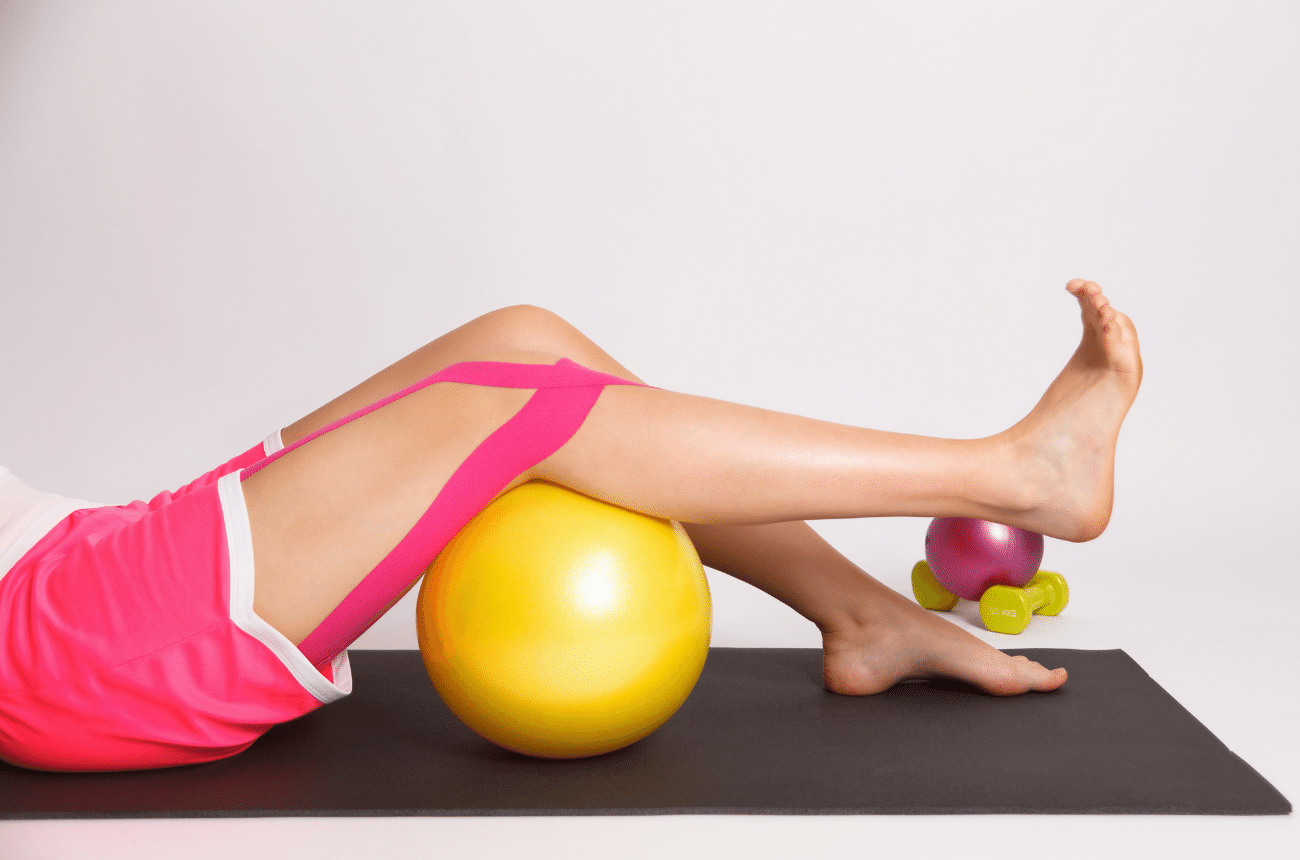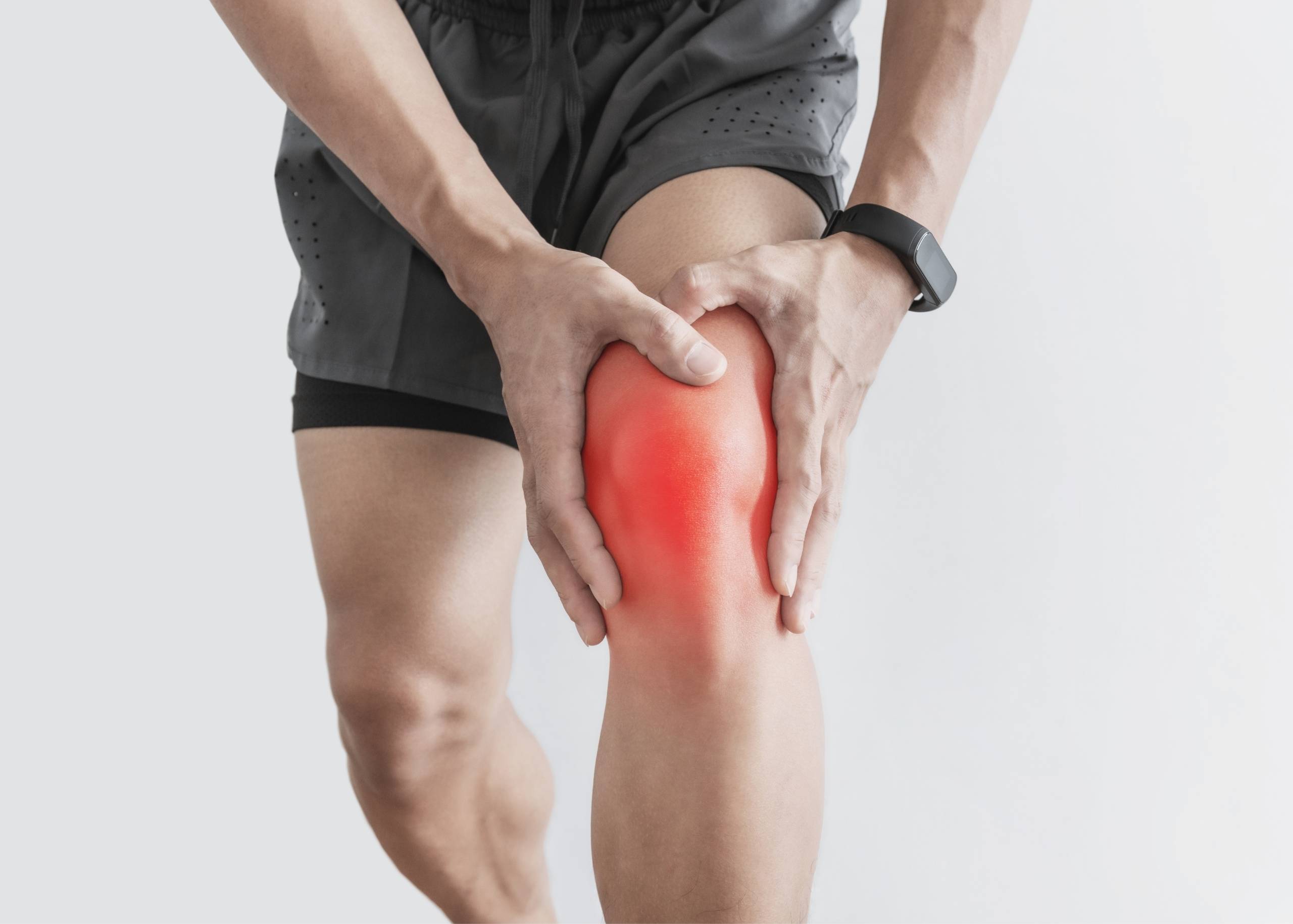Arthrokinematics: Understanding Joint Surface Movements
What Is Arthrokinematics?
Arthrokinematics refers to the intricate movements that occur between joint surfaces. These movements are essential for proper joint function and are classified into three primary types:
- Roll: A rotary motion where one bone rolls on the surface of another.
- Spin: Another rotary movement, where one bone spins on the axis of another.
- Slide: A translator motion where one joint surface glides over another.
These motions work together to facilitate angular bone movement, ensuring smooth and efficient joint mobility.
The Convex-Concave Rule: A Key Principle in Joint Mobilization
The convex-concave rule is a foundational concept used in joint mobilization techniques. It determines the direction of the mobilizing force required to enhance joint motion.
- Concave Surface: Hollowed or rounded inward.
- Convex Surface: Curved or rounded outward.
The direction of sliding during joint movement depends on the nature of the moving surface:
- Convex moving on concave: Sliding occurs in the opposite direction of the bone’s angular movement.
- Concave moving on convex: Sliding occurs in the same direction as the bone’s angular movement.
Types of Arthrokinematic Motion
Arthrokinematics is further categorized into:
- Joint Play: Involuntary movements that cannot be controlled actively. These passive movements are essential for overall joint health and mobility.
- Component Movement: Involuntary joint motions that accompany active movements. For example, scapulohumeral rhythm supports shoulder mobility by coordinating scapular and humeral movements.
Examples of Arthrokinematic Movements
- Glenohumeral Joint (Shoulder):
- The concave glenoid fossa interacts with the convex humeral head.
- Posterior glide: Improves flexion and internal rotation.
- Anterior glide: Enhances extension and external rotation.
- Tibiofemoral Joint (Knee):
- The concave tibial plateaus articulate with the convex femoral condyles.
- Posterior glide: Increases flexion.
- Anterior glide: Promotes extension.
Understanding arthrokinematics is vital for professionals in physiotherapy and sports rehabilitation, as these movements play a crucial role in restoring joint function and ensuring pain-free mobility.
“At Arunalaya Healthcare, we pride ourselves on being the best physiotherapy center in Delhi. Our dedicated team of experts offers top-notch physiotherapy treatment tailored to your needs. Experience the difference with the leading physiotherapy clinic in Delhi area. Our commitment to excellence ensures that you receive the best physiotherapy care possible. Trust Arunalaya Healthcare for the best physiotherapy treatment in Delhi. Our advanced physiotherapy solutions set us apart as the premier choice for your rehabilitation needs. When it comes to physiotherapy, our center stands out as the best in Delhi. Choose Arunalaya Healthcare for comprehensive physiotherapy solutions that deliver results. Visit Arunalaya Healthcare today and discover why we are the best physiotherapy center in Delhi.”

